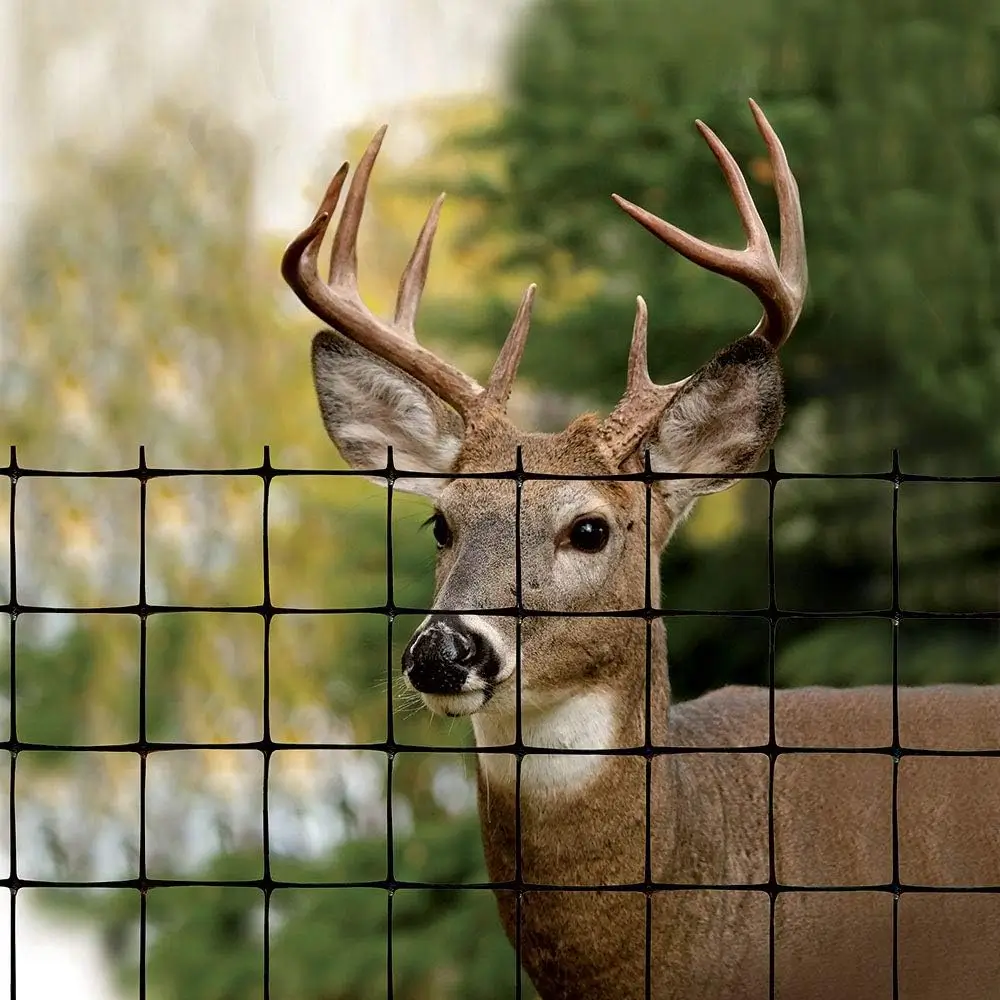Deer can be a persistent nuisance for gardeners, wreaking havoc on carefully cultivated plants and flowers. Their voracious appetites can quickly decimate a garden if left unchecked. Fortunately, there are several effective strategies gardeners can employ to deter deer and protect their precious plants. In this guide, we’ll explore various methods for keeping deer out of your garden, from natural deterrents to physical barriers.
Understanding Deer Behavior
Before implementing any deterrents, it’s essential to understand deer behavior. Deer are attracted to gardens primarily for food and shelter. They tend to feed early in the morning and late in the evening, preferring tender young shoots and leaves. Additionally, deer are creatures of habit and will frequently revisit areas where they’ve found food in the past.
Feeding Patterns:
source: animalhype.com
Deer are primarily herbivores, feeding on a variety of plants, shrubs, and trees. They have a particular fondness for tender, young vegetation, making gardens a prime target. Understanding when deer are most active can help you anticipate and prevent potential damage. Deer tend to feed early in the morning and late in the evening, preferring the cover of darkness when they feel safer from predators.
Seasonal Variation:
Deer behavior can vary throughout the year, influenced by factors such as food availability, mating season, and weather conditions. In the spring and summer, when vegetation is abundant, deer may be less likely to target garden plants. However, as food sources become scarce in the fall and winter, they may become more desperate and willing to explore new areas, including gardens.
Scent and Territory:
Deer rely heavily on their sense of smell to navigate their surroundings and locate food sources. They are attracted to familiar scents and will often return to areas where they’ve found food in the past. Conversely, strong or unfamiliar odors can deter deer from entering an area. By strategically using scent-based deterrents, such as repellents or predator urine, you can make your garden less appealing to deer.
Social Behavior:
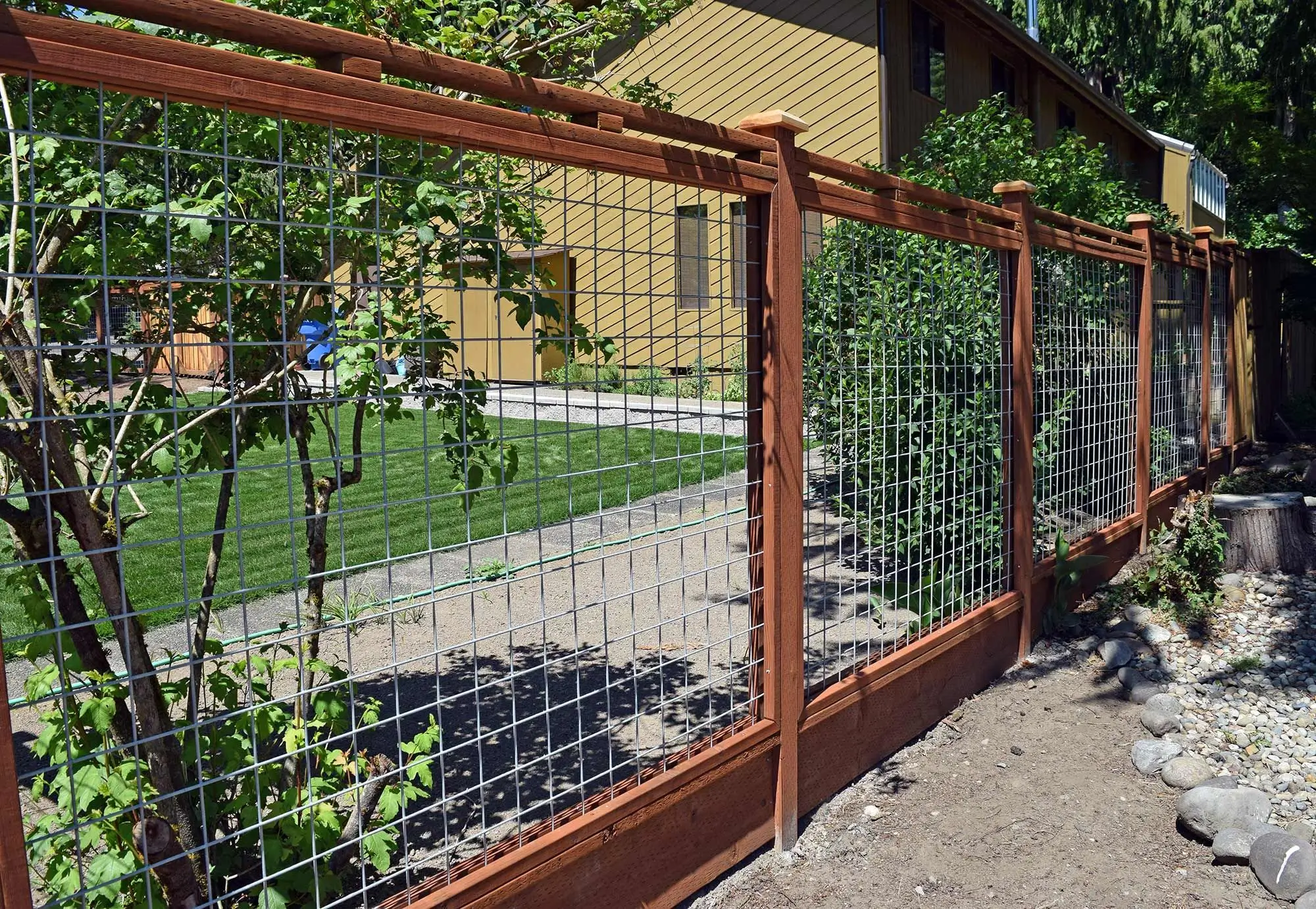
source: pinterest.com
Deer are social animals, often traveling in groups or herds. While this behavior can provide safety in numbers, it also means that if one deer discovers your garden, others are likely to follow. Understanding the dynamics of deer herds in your area can help you anticipate and address potential threats more effectively.
How to Keep Deer Out of Your Garden
Deer Fencing
Deer fencing is one of the most reliable methods for keeping deer out of your garden. A properly installed fence creates a physical barrier that prevents deer from accessing your plants. County Fencing, the UK’s leading animal fencing specialists offer some key considerations for installing deer fencing:
Height and Material:
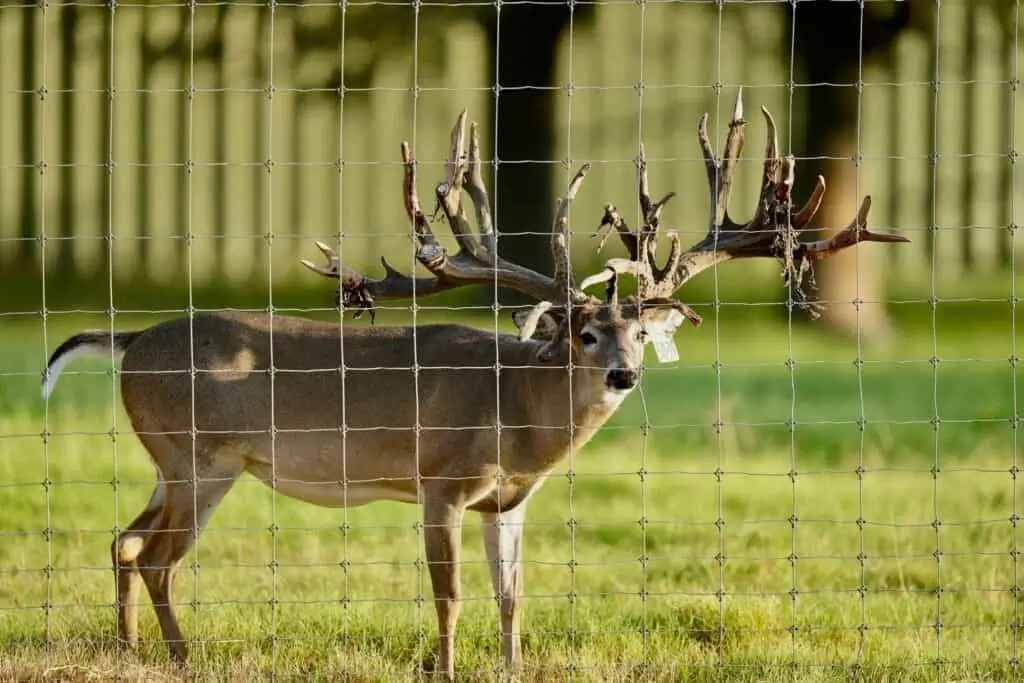
source: m3whitetails.com
Deer are excellent jumpers, so the fence must be tall enough to prevent them from leaping over. A minimum height of 8 feet is recommended, although some gardeners opt for fences up to 10 feet tall for added security. Additionally, the material should be sturdy and difficult for deer to penetrate, such as high tensile wire and metal mesh.
Fence Design:
Choose a fence design that is both effective and aesthetically pleasing. Traditional deer fencing consists of vertical posts with horizontal rails and mesh panels.
Installation:
Proper installation is crucial for the effectiveness of deer fencing. Ensure that the fence is securely anchored to the ground to prevent deer from crawling underneath, a ground skirt can also be installed to further prevent this. Regularly inspect the fence for any damage or weak spots and repair them promptly.
Natural Deterrents
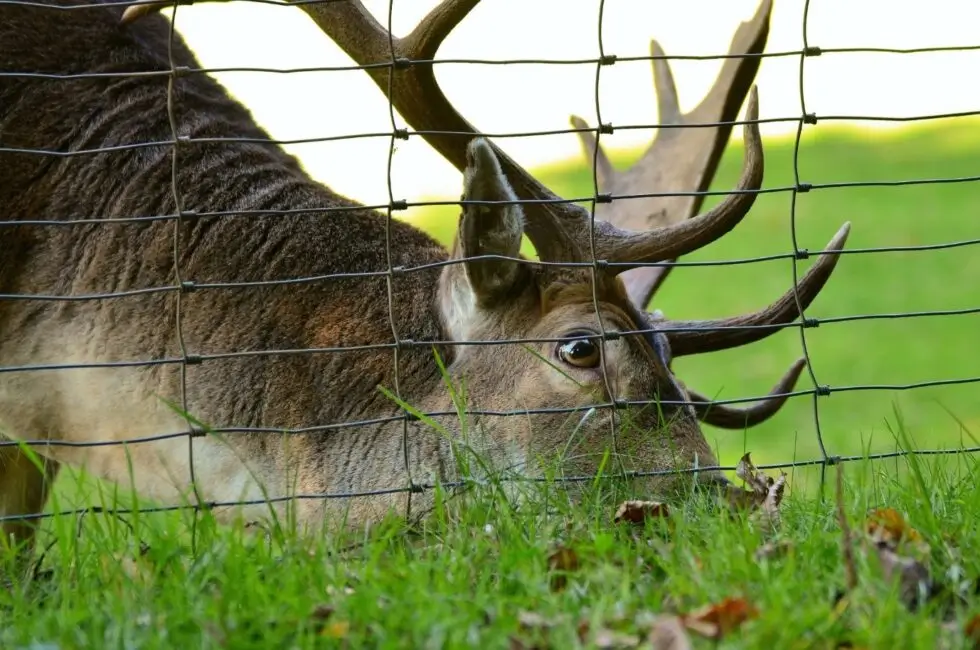
source: dreamlandsdesign.com
Plant Deer-Resistant Species
Choose plants that are less appealing to deer. While no plant is entirely deer-proof, some species are less palatable to them. Examples include lavender, sage, yarrow, and ornamental grasses. Research deer-resistant plants that thrive in your region and incorporate them into your garden design.
Use Repellents
Natural or commercial repellents can be effective in deterring deer. These products often contain strong-smelling ingredients like garlic, hot pepper, or predator urine, which deter deer through scent aversion. Apply repellents regularly, especially after rainfall, to maintain their effectiveness.
Other Strategies
In addition to natural deterrents and fencing, there are several other strategies gardeners can employ to keep deer out of their gardens:
Motion-Activated Devices
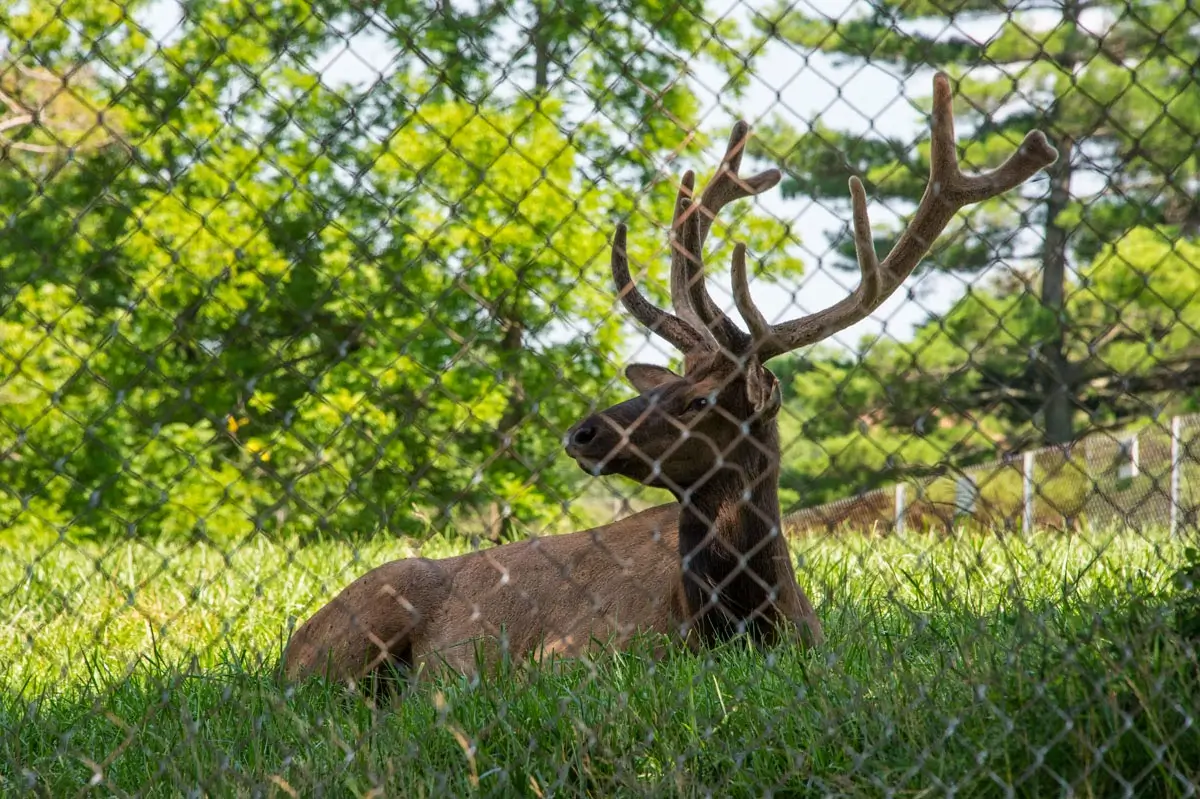
source: blogspot.com
Motion-activated sprinklers, lights, or noise makers can startle deer and deter them from entering your garden. These devices are particularly effective at night when deer are most active.
Scare Tactics
Scare tactics, such as hanging aluminum foil strips, shiny objects, or noise-making devices, can help deter deer by creating an unfamiliar and potentially threatening environment.
Create Physical Barriers:
Surround vulnerable plants with individual barriers, such as wire cages or cloches, to protect them from deer browsing.
Closing Thoughts
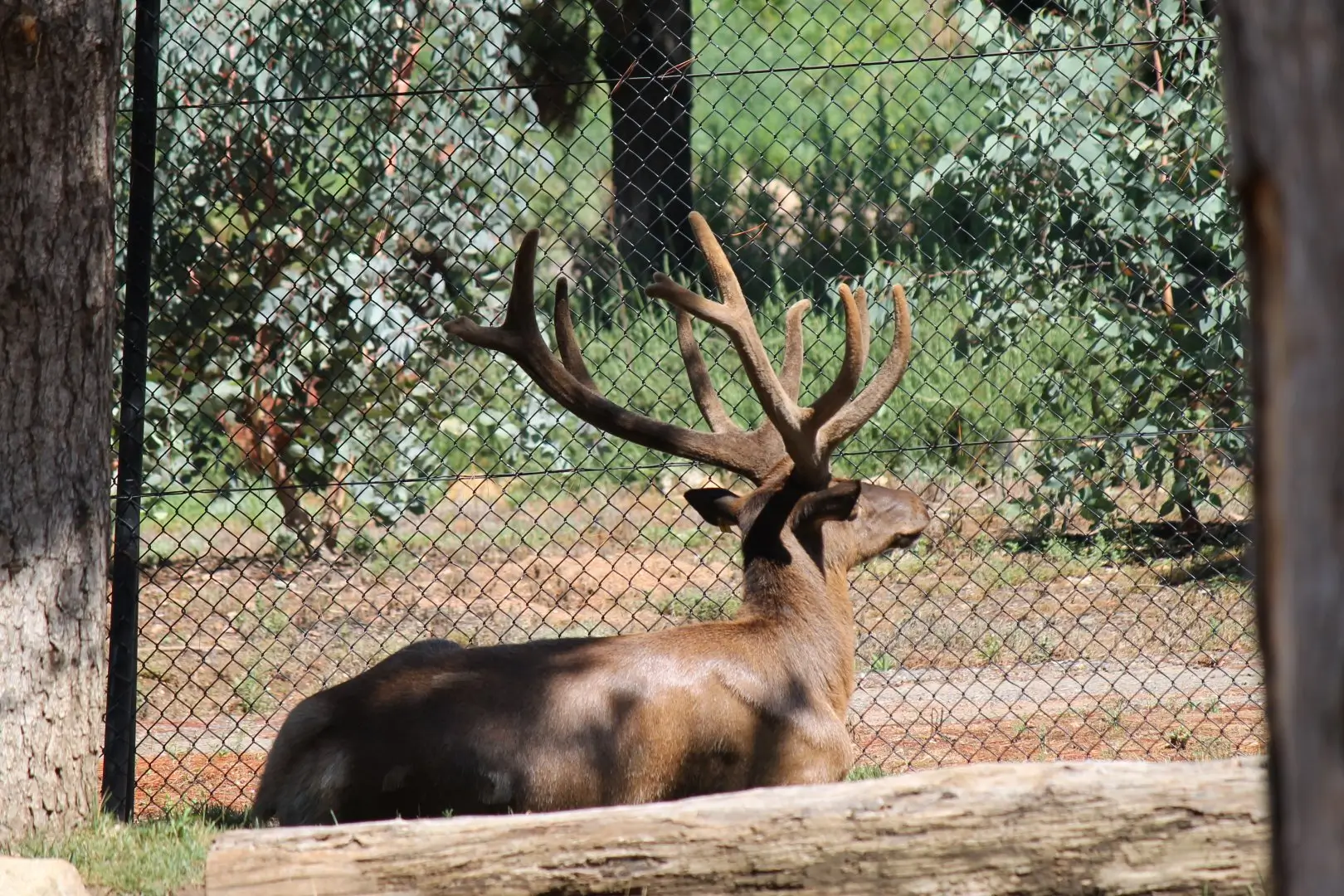
source: zoochat.com
Protecting your garden from deer requires a combination of strategies tailored to your specific circumstances. By understanding deer behavior and implementing effective deterrents such as natural repellents, fencing, and other tactics, you can enjoy a thriving garden free from deer damage. Experiment with different methods to find the best solution for keeping deer out of your garden and preserving your hard work and investment.

